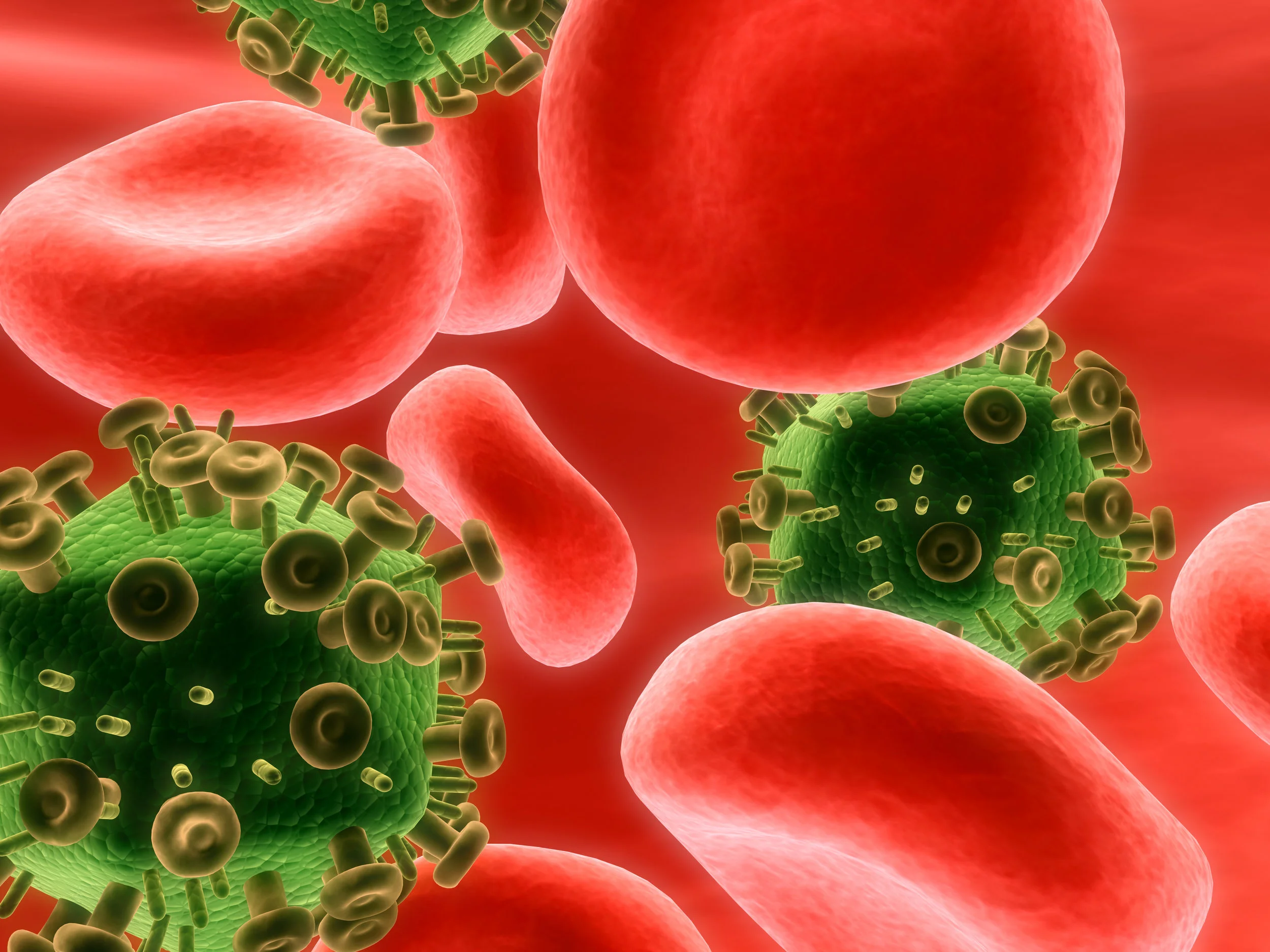New research points to the powerful effect of estrogen
A newly published study reveals that the female hormone estrogen has a significant effect on the persistent HIV reservoir. It suggests that women may respond differently than men to some curative interventions that are currently under investigation or, perhaps, that an effective cure for women could differ from a cure for men.
Dr. Jonathan Karn (Photo: Marcus Rose/IAS)
The reservoir of HIV that is impervious to antiretroviral therapy remains the principal barrier to a cure. Following a cohort of 26 men and 26 women, the researchers, led by Dr. Jonathan Karn of Case Western Reserve University, found that women have a smaller “inducible” reservoir than men. In other words, while the total size of the reservoir appears to be the same for both sexes, women have a smaller amount of reservoir virus that can be coaxed out of hiding by so-called latency-reversing agents (LRAs).
The finding has several important implications. First, one of the main cure strategies being pursued by researchers is “shock and kill” (or “kick and kill”). The intent is to shock HIV out of the reservoir so that it can be killed by the immune system or some other killing agent. Given their smaller inducible reservoir, would such a strategy be less effective in women?
Second, since reactivation of the reservoir is inhibited by estrogen, the researchers suggest that “studies of the impact of hormonal contraception on reservoir establishment and its long-term maintenance should be undertaken.”
And, given the small size and exploratory nature of cure-focused clinical studies to date, the inclusion of women in small clinical trials may lead to skewed results if hormone exposure is not considered.
The study concludes that further investigations into sex differences in latency reversal and HIV persistence “are mandatory to extend the benefits of the HIV cure effort to all men and women impacted by the global epidemic.”
Published in the Proceedings of the National Academy of Sciences, these findings are the most recent outgrowth of a multi-year amfAR investigation into sex differences in HIV. “We’ve long known that women and men differ in immune system function and response to antiretroviral therapy, but few researchers have followed up on these leads in cure research,” said amfAR Vice President and Director of Research Dr. Rowena Johnston, a co-author of the study. “It is imperative that we develop a cure that works for everyone.”
In 2012 Dr. Johnston was invited to give a talk on sex differences in HIV cure research at a conference. She soon realized, however, that there were very little available data on the topic. So she teamed up with Dr. Mary Heitzeg of the University of Michigan to undertake a systematic review of more than 150 published HIV cure research studies.
“It is imperative that we develop a cure that works for everyone.” —Dr. Rowena Johnston
The study, published in 2015, found that while there was a strong possibility that the efficacy of a potential cure could vary by demographic variables, only 8% of the studies reported conducting efficacy analyses by sex. They concluded that, “More data are needed to determine associations between demographic characteristics and safety/efficacy of curative interventions.”
Responding to this need, in 2016 amfAR awarded a grant to two teams of researchers led by Dr. Karn and Dr. Eileen Scully of Massachusetts General Hospital to explore how sex-based differences might affect the HIV reservoir and, by extension, a potential cure. The researchers were tasked with comparing the key differences in latent virus in men and women, and exploring the immune profile, activation levels and distribution of latent viral reservoirs in men versus women.
Their first set of findings, detailed in the PNAS paper, lay the groundwork for a preliminary trial to evaluate the effectiveness of the drug tamoxifen combined with the latency-reversing agent vorinostat in reactivating latent HIV in women. Supported by the National Institutes of Health’s AIDS Clinical Trials Group, the study is expected to conclude in September 2019.



























